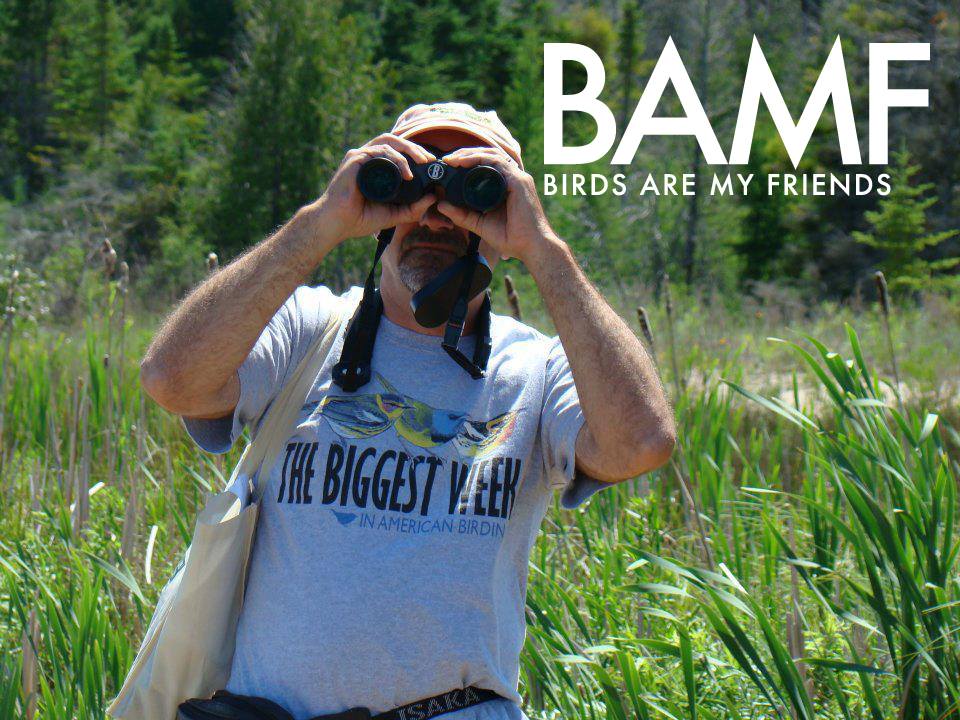|
By Terry Grabill
Last year, I wrote a piece about spring migration that turned out to be more of a love note to Mother Nature and, more specifically, bird migration. To avid birders, this is the season we celebrate zugunruhe (migratory restlessness). My day-job is my middle school science classroom and ALL of my personal days-off are saved to travel to birding festivals where we join tens-of-thousands of birders from all over the globe to crowd on boardwalks and trails in search of little gems stopping on their trip north to breed. This year, though, is a little different. Andrea and I will not be crowding onto the Magee Marsh boardwalk with up to 90,000 obsessed birders from every continent to witness the incredible phenomenon of thousands of songbirds resting and staging before their trip over Lake Erie. Nor will we march with masses along the trails of Tawas Point where these songbirds land on their trek north along Michigan’s east shore. I’m not sure what this year’s confusion means to the Beaver Island Birding Trail’s Warblers on the Water event in 2020. I just cannot bring myself to write this one off yet. What in the natural world does an obsessed birder do in a spring migration confounded by social separation? As I sit writing this, I’m fortunate to have a great view of our yard and many bird feeders. GOOD NEWS! The migrating birds have no idea that we’re experiencing a crisis and are showing up every day! In fact, we can track migration from our home computer or device by visiting https://birdcast.info/. This site, administered by Cornell Lab of Ornithology, watches migration progress using doppler radar technology (yes, flocks of migrating birds show up on radar!). Waves of migrants show up daily in a relatively predictable sequence from mid-March through mid-May. In the interest of following CDC’s advice and requests, Andrea and I are watching our yard and feeders carefully to notice old friends as they come back this spring. Not being anxious to get to distant locations to bird this year has made me more keenly aware of the birds I see locally. If the reader is interested in feeding yard birds this spring and reluctant to venture out to buy bird seed at a crowded store, consider visiting www.birdgoober.com where we make bird seed come right to your home! It has occurred to me that social separation is not compromised by me birding in most local places. I’ve seen a wide variety of birds this spring from my driver’s seat! Yesterday, I saw a pair of Trumpeter Swans fly low over M-82 in Garfield Township, Newaygo County. I also found a bald eagle from the bus window as we delivered school lunches to students! Andrea reminds me that as long as we are not stopping to fuel or eat or visit, we are still in separation. I just read a post on Facebook that some American white pelicans can be found in Newaygo, on a lake right behind the high school. Fremont High School also has a wetland visible from the road that hosts a wide variety of birdlife. The Wetland Trail has a terrific boardwalk from which spring songbirds can be seen while still maintaining social separation. This is still a terrific time in nature. Certainly, this season’s effect on you and me is not what we were expecting or prepared for but, just a step outside yields sights and sounds that calm the spirit and remind us that the natural world is still at work. Birdgoober weird fact: COVID 19 is bad, CORVID is a word that refers to birds like crows and ravens. For Birdgoober.com, I’m Terry Grabill
0 Comments
Your comment will be posted after it is approved.
Leave a Reply. |
Archives
April 2024
Categories |

 RSS Feed
RSS Feed